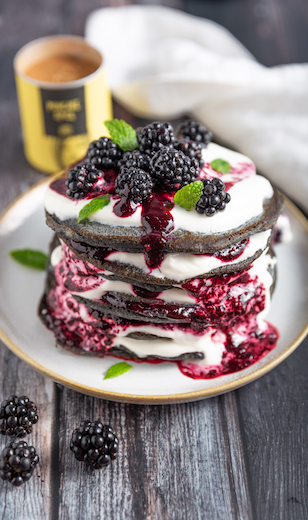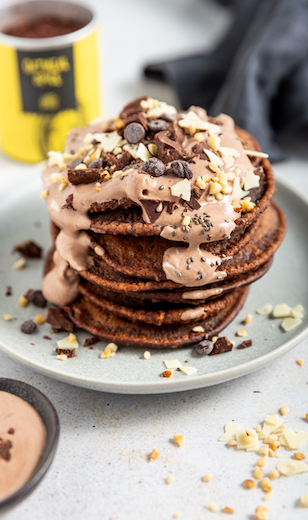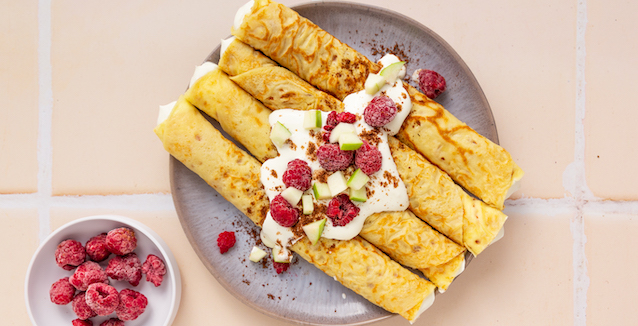
Nutrition
A comparison of sugar substitutes
February 17, 2022
The latest trend in food is ditching traditional table sugar for healthier alternatives. Baking enthusiasts are increasingly swapping out sugar for a variety of substitutes. From xylitol and agave syrup to coconut sugar, the options are plentiful. If you can’t imagine starting your day without adding a lump or two to your morning coffee, rest assured, there are numerous alternatives available. But how exactly do these sugar substitutes fit into daily life? What do they taste like? In this article, we explore these questions and look into the benefits of different sugar substitutes.
Sugar substitute #1: Coconut sugar
Coconut sugar, derived from the nectar of the coconut palm, is rich in essential minerals like potassium, magnesium and iron. Despite its source, it doesn’t taste like coconut; instead, it has a caramel-like flavour, similar to brown sugar.
However, the production of coconut sugar requires significant manual labour, which is reflected in its price – it costs between €15 and €30 per kilogram. When purchasing, it’s important to consider products that are sustainably cultivated.
Nutritionally, coconut sugar closely resembles regular table sugar and is not suitable for diabetics due to its high sucrose content. It also contains roughly the same number of calories as table sugar. The primary benefit of coconut blossom sugar lies in its more natural, less refined composition compared to standard white sugar.
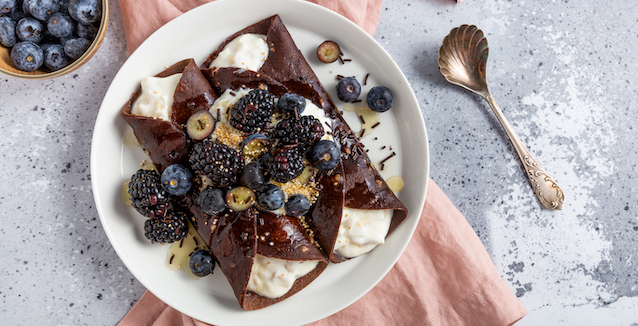

Using coconut sugar
Coconut sugar resembles brown cane sugar in appearance and has a slightly tart undertone. It just about matches the sweetness of regular sugar, allowing for a near one-to-one substitution in various recipes. You can use it in drinks, porridge, cakes and desserts. While it may affect the texture of baked goods slightly, causing less rise or the formation of air bubbles in the batter, it doesn’t compromise the flavour. In fact, lots of people actually prefer the caramel notes!
Best spice blends if you are avoiding table sugar
Sugar substitute #2: Date syrup
Date syrup, a staple in ancient Middle Eastern cuisine, is made purely from dates boiled in water and then concentrated. This syrup also offers a subtle caramel flavour. However, its sweetening power is intense, surpassing that of regular table sugar, so it’s wise to use it sparingly. Remember, less is more with this potent, natural sweetener!
Date syrup adds a unique sweetness to your morning coffee and is also perfect for baking with or swirling into porridge. Additionally, try incorporating it into sauces and soups for a guaranteed burst of flavour!
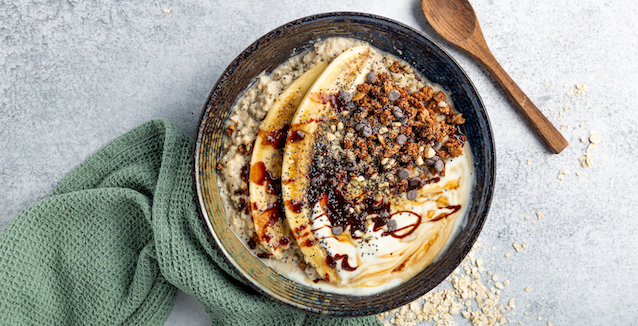

Sugar substitute #3: Xylitol
Xylitol is a popular sugar substitute originally derived from the bark of birch trees. However, due to the high costs associated with this method, it is now primarily produced industrially from corn cobs and other plant materials like hardwood. Xylitol matches the sweetness of regular table sugar and can be used similarly as a sprinkle. It offers a caloric advantage with only 240 kcal per 100 grams, which is lower than table sugar. Additionally, xylitol has a minimal impact on blood sugar levels, making it a healthier option for managing blood glucose.
It’s important to note that xylitol is highly toxic to dogs and other pets, causing dangerous drops in blood sugar and even liver failure, so it must be kept well out of their reach.
Using xylitol
Xylitol is as sweet as regular table sugar and has a very similar taste, making it an excellent substitute. But to avoid the unwanted cooling effect that xylitol can produce, we suggest swapping out just a third of the regular sugar amount in baking recipes. This will also reduce the likelihood of your cakes not rising or browning correctly. Try using xylitol in place of some of the sugar when making jam, home-made granola or sweetened drinks.
Sugar substitute #4: Agave syrup
Agave syrup is a favourite plant-based honey substitute, especially among vegans. Extracted from the juice of the agave plant, this syrup is rich in healthy minerals and highly soluble, making it ideal for sweetening drinks. Contrary to other syrups, agave syrup has a more neutral flavour and is less intensely sweet than honey, offering a subtle sweetness without overpowering other flavours.
In comparison to regular household sugar, agave syrup contains fewer calories. However, this sweet juice has a high fructose content, making it unsuitable for individuals with fructose intolerance.
Using agave syrup
The consistency of agave syrup makes it particularly suitable for drinks, soups and desserts. However, when using it in baking recipes, it’s advisable to replace only a small portion of the regular sugar, as it will make the cake batter too runny. Alternatively, you could adjust the recipe by reducing the amount of other liquids accordingly. Experiment with it and see what works best for you!
Recipes with sugar substitutes
Stuffed crêpes with fruit
Phew, with all this theoretical knowledge, you might be craving a sugar-free snack. How about trying stuffed crêpes with fruit? We’re here to show you that it’s entirely possible to enjoy this treat without using table sugar.
Ingredients for 8 servings:
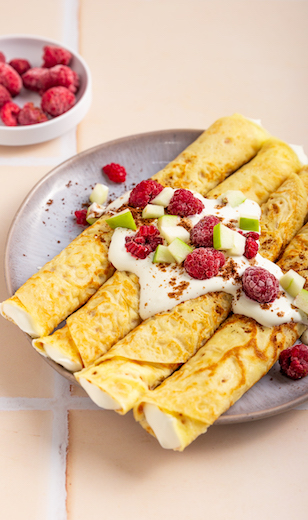

Preparation:
Sugar substitutes – the conclusion
There are many sugar alternatives available, each with its own considerations. While some are more suitable for individuals with diabetes or fructose intolerance, others require caution, especially if you consume them in large amounts. It’s important to note that sugar alternatives aren’t inherently healthier or lower in calories than table sugar. Depending on your goals, it’s crucial to check the nutritional values. Additionally, many alternatives come with a higher price tag.




